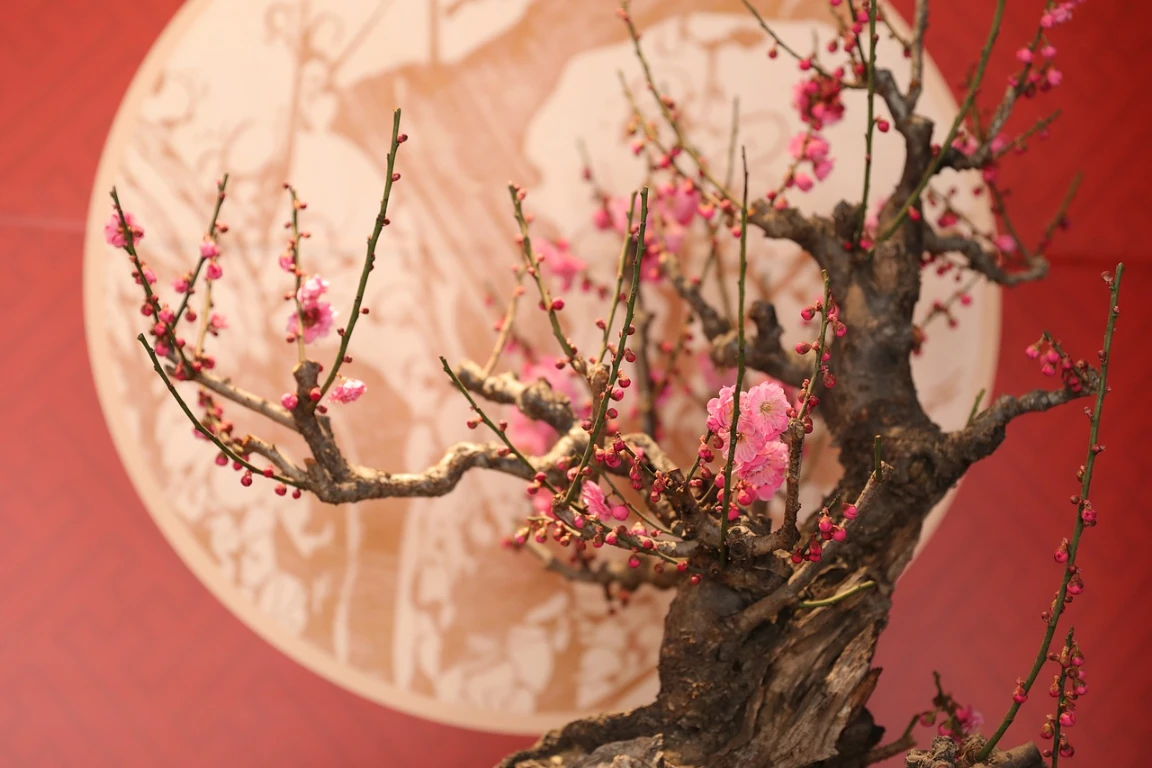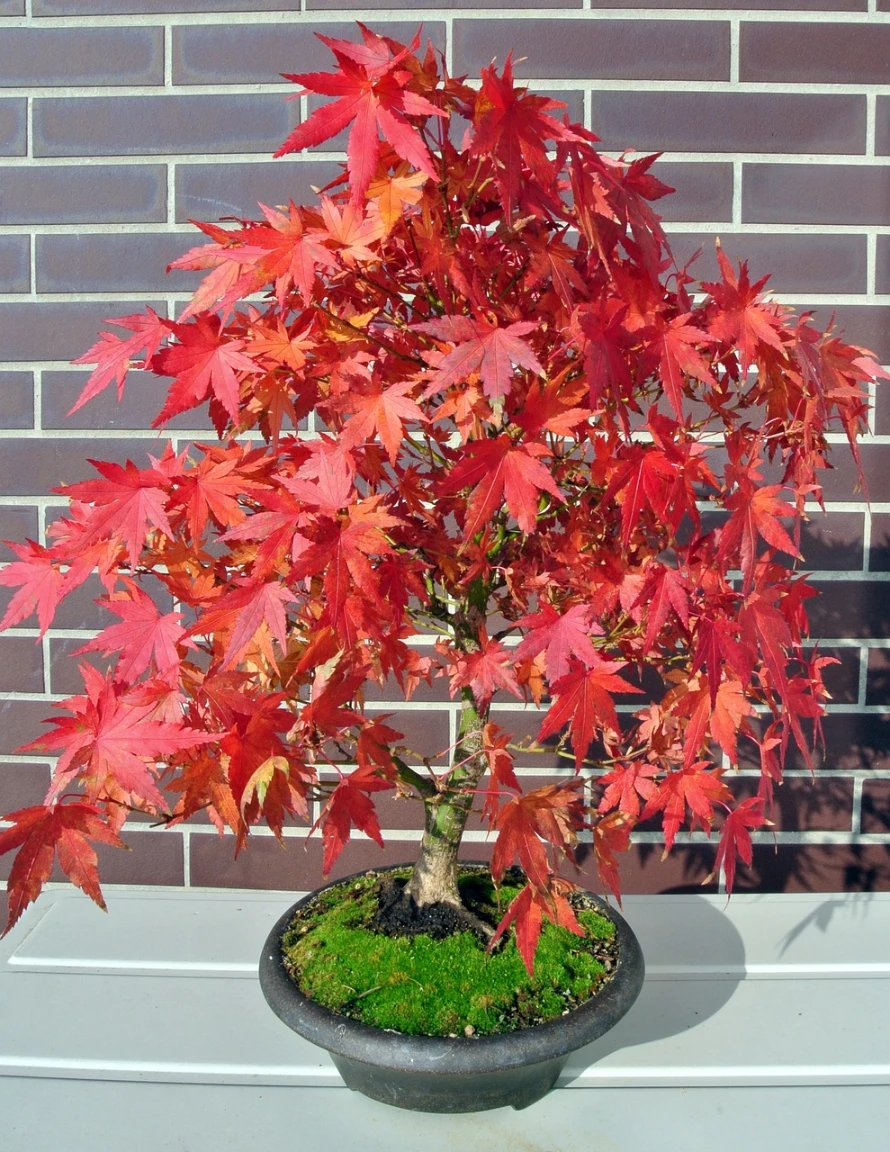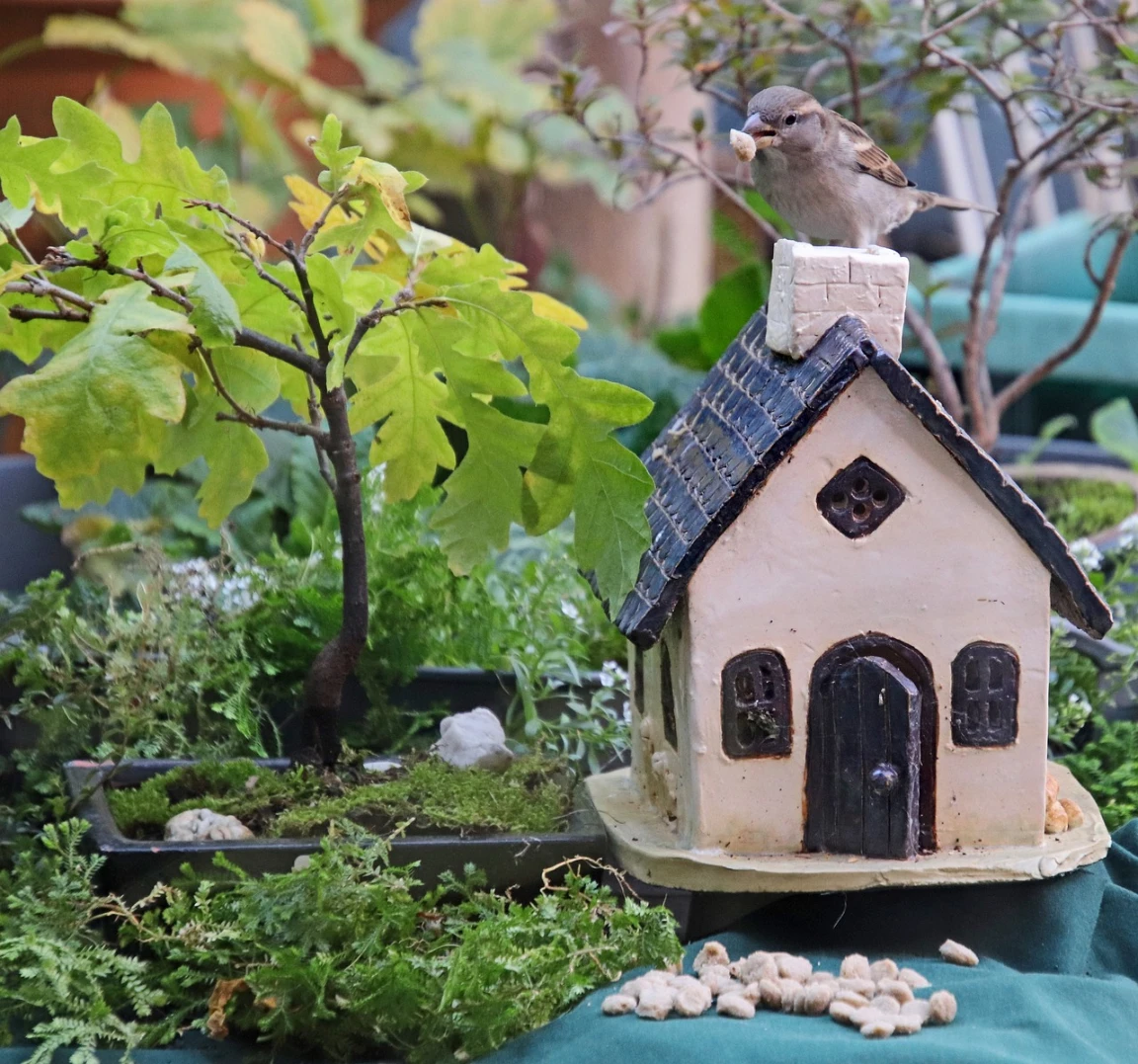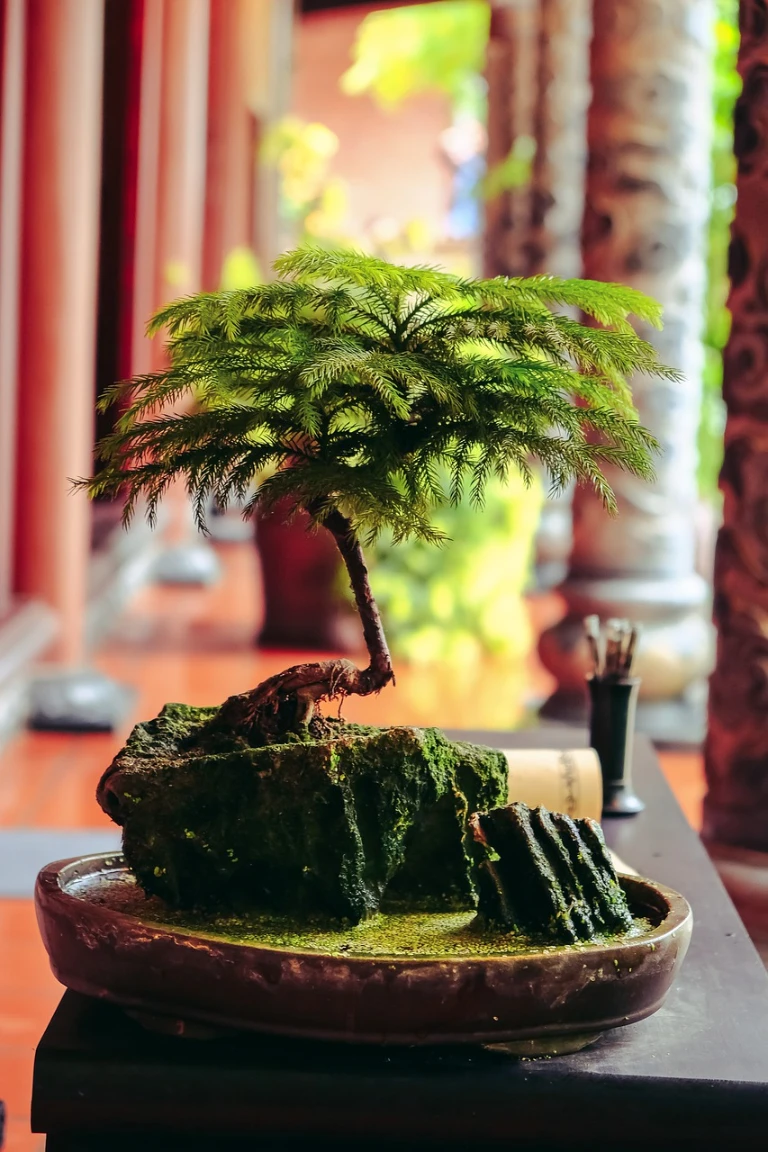Top Ten Outdoor Bonsais
Bonsai are beautiful, and the best way to enjoy the beauty of Bonsai is to learn the tricks of the trade. You may be a novice who wants to impress your friends or a seasoned master who wants to share his craft with others. Either way, here are some tips you can use that will help improve your bonsai garden and make it so that other people will be impressed by your work.
What Are Outdoor Bonsais?
Outdoor Bonsai is just like indoor bonsais that grow outdoors! That’s right; you can take your favorite plant and put it on a pedestal, in a vase, or even in a pot. So, what makes outdoor bonsai special?
Well, it’s all about the location. You see, most people live in cities these days, so they don’t have much space to grow anything. However, if you live in the country or on a farm, maybe you have acres of land where you can plant trees and flowers!
How Are Outdoor Bonsais Different From Indoor Bonsais?
Outdoor bonsai trees are grown in pots. They can be grown indoors or outdoors, but they’re often grown outside because of the way they need to be fed. Indoor bonsai trees are created in special pots that allow for their roots to grow, and they usually require less direct sunlight than an outdoor bonsai tree. 
Do Outdoor Bonsais Require More Care?
Yes, outdoor bonsais do require more care than indoor bonsais. When you plant a bonsai, you’re essentially giving it a small space to grow in.
The thing is, though, that when you put your Bonsai in the ground, you give it a lot of things to deal with: sunburns from direct sunlight, dust from windstorms and other weather changes, frost damage from cold temperatures, and so on.
That means if you want your Bonsai to stay healthy and happy for years and years on end, you have to ensure that it has everything it needs to thrive. That includes water and fertilizer (which will keep your plant healthy), shade (to protect against over-exposure to sunlight), and lots more stuff!
Best Outdoor Bonsais
Choosing the best outdoor Bonsai is something that many people are interested in. It is essential to consider your goals when choosing the right tree for your home. The trees you choose should be able to grow in your climate and have a suitable shape for their location.
The first step in finding the best Bonsai for your home is determining what tree you want to grow. Many different types of trees can be grown as bonsais, so it is important that you research which trees will suit your needs.
Once you have chosen an appropriate tree, it is time to consider where it should be placed inside your home. You will want to find a place where sunlight will reach throughout most of the day and where there is enough room to grow properly without being crowded by other plants or furniture.
Once you have decided how many plants will be grown together as one piece and where they will be placed inside your home, it’s time to pick out some soil! You’ll want to look into purchasing a container with holes so that water can easily flow into and out of it without any problems or spills happening along the way. Here are some of the most popular outdoor bonsais you can grow.
Japanese Maple
The Japanese Maple is beautiful and easy to care for, but as with most things, it’s not all sunshine and roses.
This tree can be a little temperamental, especially in the first year – but don’t worry! It’s just fussy about how it gets watered. The key is ensuring that your Japanese Maple gets enough water, but not too much. You’ll have trouble keeping your tree healthy if you go overboard with the watering.
Bodhi Tree
The Bodhi tree is an ornamental tree. It’s often used in traditional Hindu and Buddhist ceremonies and has been described as “the tree of the gods.”
It’s got a relatively slow growth rate, but once it’s mature, it can grow up to 15 meters tall with a 2-meter diameter trunk. That makes it great for bonsai collectors who like to have something that will be around for years or even centuries.
Rockspray Cotoneaster
Rockspray Cotoneaster is a great outdoor bonsai. It’s easy to care for and very durable. It’s also used in many designs, and it looks great when used in various ways. It has a nice appearance, and it has beautiful colors as well. If you have one of these plants in your yard, you’ll love having it there!
Baobab
If you’re looking for a bonsai that will thrive in your outdoor space, Baobab is one of the best choices.
Baobab trees are native to Africa and Madagascar but grow easily in warm climates. They have several different species, but most people choose to grow the species known as the “monkey puzzle tree” or “boom tree,” both of which are easy to care for.
The Baobab’s thick trunk makes it an excellent choice for creating a beautiful focal point in your yard or garden. It grows slowly, so you’ll need to give it plenty of time to grow. Once planted, though, it will flourish quickly.
Baobabs are resilient and hardy plants that will survive years on end with minimal care (which means fewer weeds). They also produce amazing shade trees that provide shelter from hot sun and insects while providing natural beauty for your home’s exterior.
Common Beech
Beech bonsai is one of the best outdoor Bonsai. It is an excellent tree because it grows very fast, making it an ideal choice for outdoor Bonsai. Beech trees are known to be more resistant to pests and diseases, making them a good choice for many gardeners.
Beeches are deciduous trees that grow best in warm climates with full sun exposure and fertile soil. Beeches can tolerate cool weather in areas with mild winters, although they may not grow as large or as quickly as they do in warmer climates.
Boxwood
Boxwood can be used as a hedge, privacy screen, or accent in the garden. This perennial shrub has a long history of cultivation and is commonly found in temperate regions worldwide. Boxwood has a dense, rounded habit that makes it an excellent ground cover for any garden space.
Boxwood prefers full sun and well-drained soil but will tolerate various soils. In addition to being attractive as an ornamental plant, boxwood also provides many valuable benefits for your yard, including erosion control, wildlife habitat, and food sources such as berries and nuts but watch out for slugs!
Pomegranate
The Pomegranate tree is beautiful and has a lot of personality. Pomegranates can be used in many ways to make your home look great. They’re perfect for adding color and life to an otherwise dull space.
Juniper
If you love trees, then this tree is for you! Juniper trees are very popular in Europe and Asia, but they are now also becoming more popular in America. Juniper trees grow best in dry climates. If you live in a hot or humid climate, juniper trees may not thrive as well as other trees.
The most important thing when planting juniper is that you make sure it has enough sunshine so that it can grow strong roots and survive through winter months when there isn’t much light available.
Ficus Retusa
Ficus Retusa is a deciduous plant that will lose its leaves during the winter. It has large leaves that are dark green and leathery, so they can survive in the winter without losing their color or shape. The trunk grows to about 2 feet tall and wide, but if you want to keep it small, you can prune away some branches to reduce its size.
Ficus Benjamina
The Ficus Benjamina has a very long life span and is very hardy, so that it can survive for a long time in your garden. This tree is also very easy to grow: you only need to water it every two weeks, which is not as much as other trees. It grows very slowly, so it can grow in any part of your garden without distracting from other plants.

Conclusion
Bonsai trees need the right soil type to thrive. The pH level of your local soil is the most important thing to look at when you’re deciding which kind of soil to use. Most bonsai trees prefer neutral soil with a pH level of 5.5, but if your local soil falls outside of this range, it is possible to adjust your soil’s pH level before planting.







